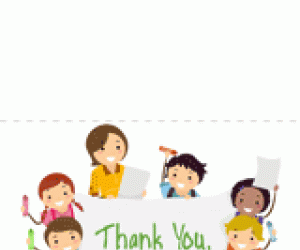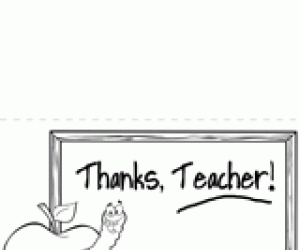Your daughter is still at this later stage, and because it's not fully developed, she can just as easily go from left to right as she can from right to left, and it all feels the same to her. At this stage, she doesn't even realize that she's printed her name in the wrong order. Her young brain just says, "Hey, hand...write Kayla's name for her, okay?" Her brain hasn't learned how the writing is supposed to look yet, and it doesn't much care whether the letters go this way or that. All her brain is concerned about at this stage is the order of the letters. So off goes the hand, and out comes ALYAK. As Kayla and her brain see more models of her name written correctly, she'll first say "Hey, that doesn't look right!" and later, "It's backward!" as the concept develops.
However, if mirror writing persists as she gets to be about six or older, then we might have something to worry about. This is especially true if any close family relatives have a history of learning disabilities. If the persistence of reversals, inversions (upside-down writing), or mirror writing are common when a child is seven or eight, this might be a sign of neurodevelopmental immaturity. This means that the brain has not developed at the rate we would expect for her age or indicates an early symptom of a learning disability (a visual processing disorder). However, such visual perceptual disorders don't usually show up as mirror writing, but rather as intermittent distortions in individual letters or numbers (backwards R, 3, 5, etc.) beyond the age when these disappear normally in most kids.
You don't want to make a big deal out of the way Kayla writes her name. Just let it happen and she'll probably self-correct. Make sure she has plenty of opportunities to see her name in print. You might want to get some tracing paper and trace a name that has been printed in the right order. Or you can have her write her name in a sand-filled cookie sheet after you have put the letter K along the left-hand edge. If she displays other signs of an early learning disorder (age-inappropriate word or language usage, excessive motor clumsiness, rapid frustration with simple tasks, etc.) then you might want to talk to a psychologist who specializes in the early identification of learning disabilities.





